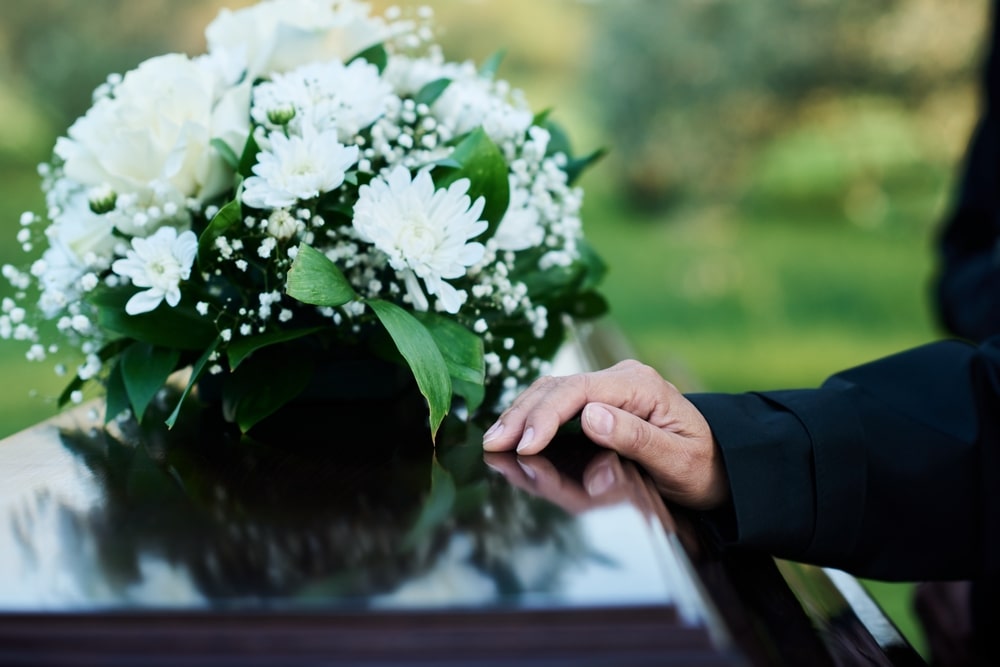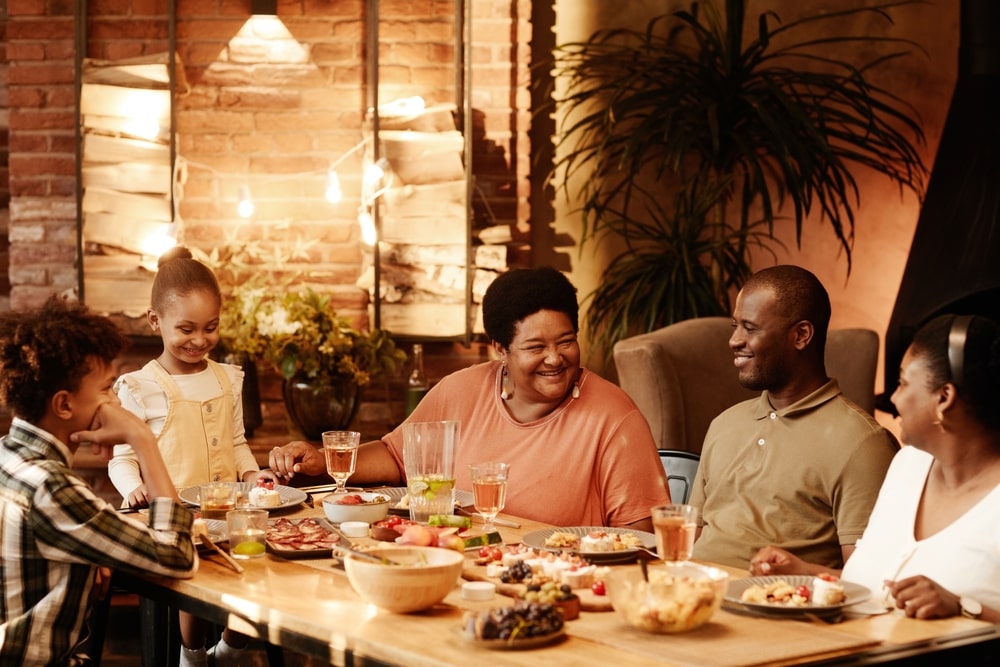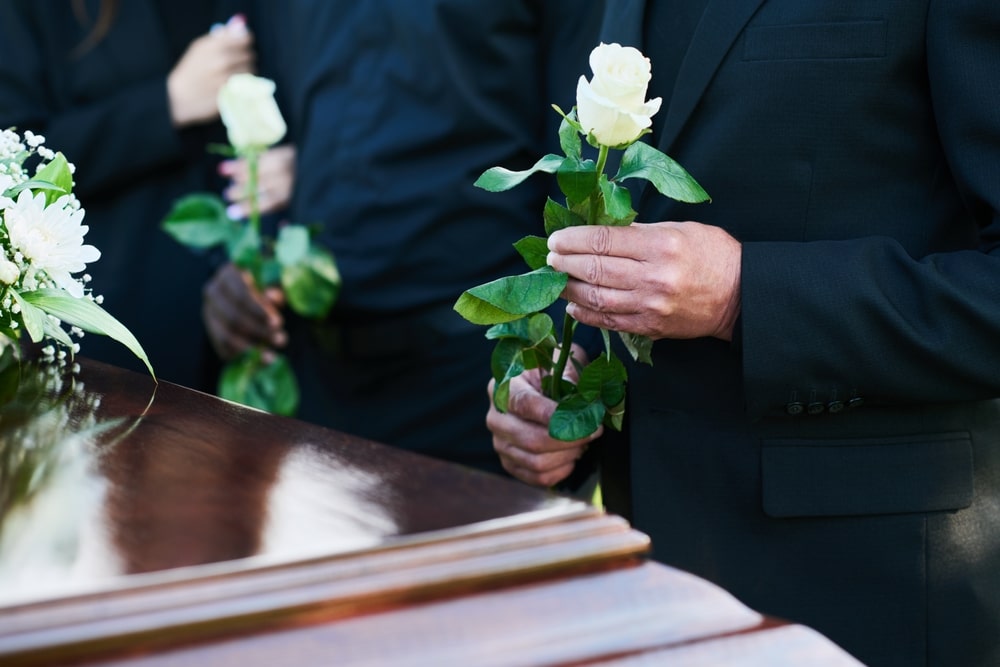
When someone you know loses a loved one, how can you support them and share your condolences? Sympathy flowers are a great way to show support to a grieving family. As Dr. Alan Wolfelt tells us, symbols such as flowers convey love and help us express our emotions.
For centuries, people have assigned symbolic meanings to flowers. While the general message of a sympathy flower will be understood in any context, individual types of flowers can communicate slightly different meanings. For this reason, we’ve decided to explore the meanings of seven of the most popular types of funeral flowers.
1. Lilies

This lovely flower usually blooms in summer and is often interpreted as a symbol of renewal and rebirth. The lily can be a powerful symbol of a loved one’s spirit, offering hope and encouragement to a grieving family.
The idea of rebirth and renewal is particularly applicable for people of faith who believe they’ll someday be reunited with their loved one. The white color of the lily also carries associations with purity and youth, making it a good choice for someone who died at a young age.
2. Roses

This enormously popular flower has very different meanings associated with different colors. Like the lily, white roses represent purity and innocence. Pink and peach roses represent sincerity and gratitude. You could give them to a family whose loved one was a blessing in your life. The yellow rose is a symbol of friendship that expresses your support. All these colors of roses make great sympathy gifts for a grieving family.
3. Carnations

The carnation is a symbol of love. Some people believe that the word “carnation” came from “incarnation,” the Latin word that refers to God in the flesh. With this in mind, you can give a carnation as a gift to a family to honor a life that reflected the spirit of Christ.
More generally, carnations can express love for the family or the loved one who has passed. And since the carnation is the traditional flower of Mother’s Day, it can be the perfect choice to honor the life of a person who was a great mother to her children.
4. Hyacinths

Much like roses, different colors of hyacinths have different meanings, but the purple hyacinth is a popular symbol of sorrow and regret. Sometimes, a simple acknowledgment of the family’s grief is enough. These beautiful flowers let the family know that you are aware of their suffering and that you care. They communicate the pain that you feel upon hearing of their loss, and this simple sentiment is often just what the family needs.
5. Chrysanthemums

This gorgeous flower has a variety of meanings, but many people use it as an expression of support or encouragement to “get well soon.” In some European countries, the chrysanthemum is placed on graves and viewed as a symbol of death.
Fusing the more positive American associations with the European emphasis on mourning, we find a perfect balance between mourning and hope. A symbol of death but also support, a chrysanthemum can encourage the grieving family during this difficult time.
6. Gladioluses

The gladiolus is a beautiful representation of strength and character. By giving a grieving family this flower, you essentially remind them of their loved one’s strength and encourage them to persevere on their grief journey.
As a sympathy gift, the gladiolus does not ignore the pain of loss and communicates your compassion. But it’s also an uplifting reminder of the grieving family’s and their loved one’s strength, which can encourage them as they adjust to their new normal.
7. Forget-Me-Nots

The meaning of these tiny flowers is pretty easy to decipher. An emblem of remembrance, the forget-me-not communicates this simple but essential message to a family: your loved one lives on in our memories.
We tend to shy away from painful emotions, and for this reason, we often avoid the topic of a loved one’s death to spare the family additional discomfort. While this approach is well-intended, it’s often unhelpful. These lovely flowers let the family know you won’t forget their loved one and their impact on your life.
As you look at your options for sympathy flowers, think about ways to personalize your gift. You could opt for the deceased’s favorite flower or choose a classic flower in their favorite color. You can include a sympathy card or condolence letter with your gift. However you choose to share your condolences, let the family know that you’re there to support them while they’re grieving.







































